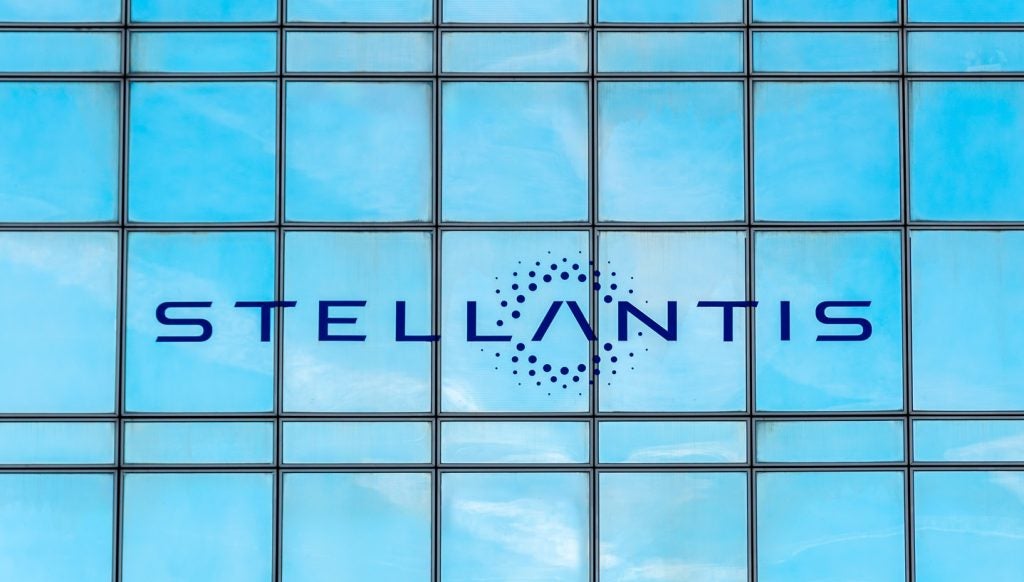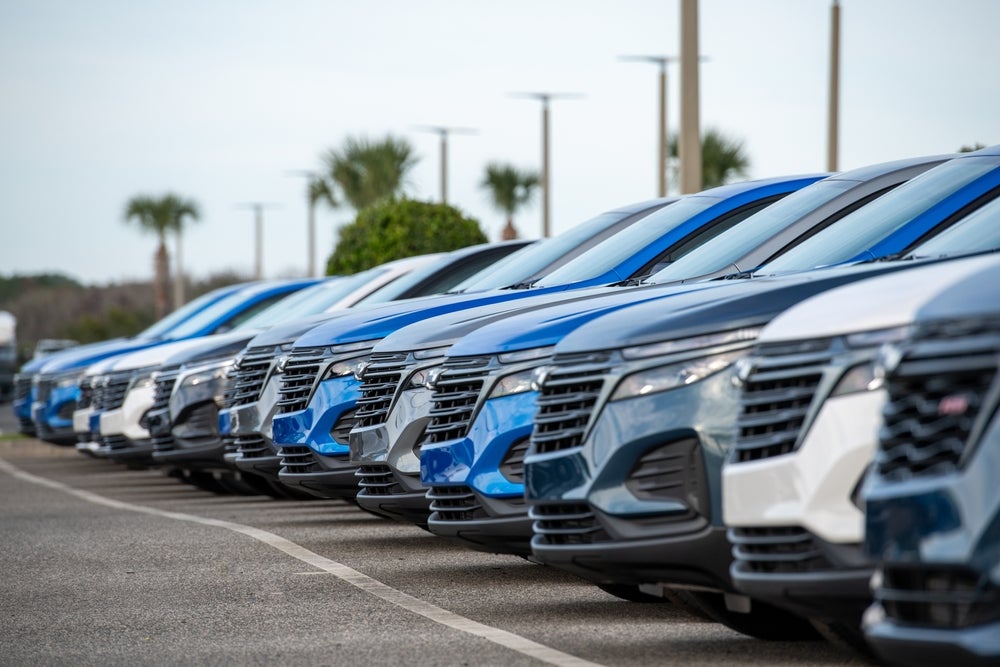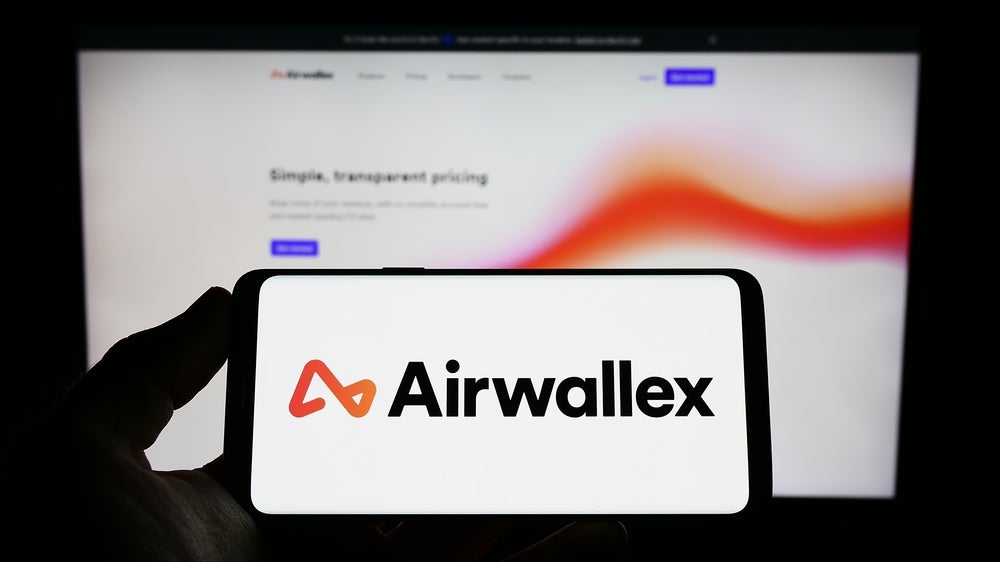
The US auto market posts another banner year – made possible by extended loan terms, loan interest rates, and a healthy national job market. Tech-oriented companies are also throwing their hats into the auto finance ring, writes Bridget McCrea
There is a mobile app for pretty much everything these days, so why not use one to research, locate, and finance a car?
That very question pushed the folks at Irvine, California-based AutoGravity Corporation to find a way to create a shopping and financing platform for car buyers. Early adopters include Hyundai Motor Finance – Kia, Hyundai and Genesis brands – and VW Credit, both of which are using the platform to create digital experiences for customers who once spent hours sitting in dealerships, waiting for finance professionals to come up with what they thought was the “best deal” for a particular buyer.
“Customers are becoming more demanding of mobile technology and the world of auto financing is no exception,” says Horst Meima, president and CEO at VW Credit, in a press release. “We are ready to become a leader in shaping this part of the industry and believe that AutoGravity can help get us there.”
Serge Vartanov, AutoGravity’s chief marketing officer, says this particular app – which gives consumers access to loan and lease offers on their smartphones and helps them secure what he calls a “fair deal” – is just part of a larger movement to digitise and simplify the auto-buying experience.
“We are seeing a fundamental shift in just how much of the car-buying process consumers want to be able to complete using their smartphones,” says Vartanov, adding that AutoGravity is currently partnered with 2,000 dealers in the US. “Consumers arrive at these dealers’ showrooms having already spent about a dozen hours online, and they have a pretty good idea of the vehicle that they want.
How well do you really know your competitors?
Access the most comprehensive Company Profiles on the market, powered by GlobalData. Save hours of research. Gain competitive edge.

Thank you!
Your download email will arrive shortly
Not ready to buy yet? Download a free sample
We are confident about the unique quality of our Company Profiles. However, we want you to make the most beneficial decision for your business, so we offer a free sample that you can download by submitting the below form
By GlobalData“Once they get to the showroom, those consumers are using their smartphones to engage with the vehicles and not with the salespeople.”
Estimating that nine in 10 cars in the US are financed, Vartanov says consumers are weary of the endless haggling and “sitting around” the dealership, waiting for someone to crunch the numbers and fill out loan paperwork.
“At the end of that finance journey, consumers generally do not even know whether they received a good deal or not,” says Vartanov. “Our goal is to empower them with as much information as possible – vehicle availability, pricing, loan options, terms, APRs and so forth – on their smartphones, before they even go into the showroom.”
Early in the app’s development process, Vartanov says industry experts he spoke with told him that auto dealerships would be reluctant to use the platform.
“It is actually been just the opposite. Dealerships have embraced digitisation and know that consumers are expecting to be able to do this on their phones or computers,” says Vartanov. “Plus, many dealerships are not big enough to build up their own systems, and now they are asking us to share ours with them.”
By the Numbers
It is no wonder, really, that tech-oriented companies are throwing their hats into the auto finance ring.
Line them up side-by-side and the years 2016 and 2017 were pretty close in comparison for the US auto finance market. “It is very much a continuation of 2016,” says Melinda Zabritski, senior director, sales, for Experian Automotive.
Two trends she has been watching include consumers’ increasing interest in used vehicles, and a surge in auto leasing activity.
Right now, for example, leases comprise over 30% of new vehicle financing – up from 25% in 2016. This surge subsequently pushed more cars into the used car market and, she adds, is “creating some interesting changes in the marketplace, particularly in terms of what prime customers are doing.”
Zabritski says more prime buyers are leasing cars instead of buying them, and they are also looking more closely at used car options.
“At this point, the used market looks much more ‘prime’ than it has in the last few years,” she says.
And while talk of a subprime “bubble” is circulating on the news in the US, Zabritski says there has actually been a reduction in subprime lending in the US in 2017, and believes that will result in lower loan delinquency rates sometime during the next two quarters.
“Right now, subprime lending is at a near-record low, both for new and used vehicle purchases,” Zabritski says.
“Because so many prime borrowers are now purchasing used cars, the delinquency rates on that side are also lower than they have been in the past. The bottom line is that we do not see subprime being an issue in the market right now.”
Tom Kontos, executive vice-president and chief economist at ADESA Analytical Services in Carmel, Indiana, says he is “cautious but optimistic” about the potential subprime bubble, and notes that overexposure to subprime loans in the auto market is quite different from the same scenario in the housing market – which, as it happens, largely drove the most recent US economic recession.
“It is important to draw distinctions between the housing and auto markets,” Kontos says. “The latter is much smaller. Besides, no one expects a car to appreciate in value over time, whereas homes are expected to either hold their value or appreciate.”
Another key differentiator is the speed at which a car owner can dispose of their vehicle when necessary.
“You can run a car through an auction or repossession much faster than you can sell a home that has been foreclosed upon,” says Kontos. “That ability to liquidate the collateral would efficiently minimise the impact of any such a ‘bubble’ on the credit markets.”
Longer-Loan Terms
The extension of auto loan terms has been one of the most dramatic and consistent shifts in the US auto market over the last few years, according to Zabritski.
Experian’s latest data shows that longer-term loans dominate the market, with the 61-72-month range being most popular, and with around 1% of vehicle loans reaching up as far as 85-96 months.
Zabritski says the longer loan terms are largely driven by the need for affordability, and the fact that auto prices are on the rise. “Consumers in the US tend to purchase their cars by negotiating their monthly payments,” she points out.
“As their loan amounts grow, buyers have an idea in mind of what they want to pay per month. The way to keep those payments low is by extending terms.”
There are both positives and negatives associated with longer loan terms. While they do help to make new cars more affordable for a larger pool of buyers, says Zabritski, and tend to help reduce loan delinquency rates, longer terms do not always work well for the driver who wants a new car every three or four years.
“The longer the term, the better the chances someone will be ‘upside down’ when they go to trade their car in,” says Zabritski. “That is, unless they hold onto the car a little longer and pay the loan down.”
Riding the Good Economy
Charlie Chesbrough, senior economist at Atlanta-based Cox Automotive, says auto sales are strong and being spurred on by national economic factors such as job creation, low unemployment rates, high consumer confidence, availability of credit, and low fuel prices.
“All of these factors are working in the consumer’s favour right now, so we are seeing a very strong vehicle market,” says Chesbrough.
“[Sales] are going to be down a bit from where we were last year at this time, but we are still looking to have one of the fifth- or sixth-best years that we have ever had.”
In 2018, Chesbrough expects the auto finance market to continue down its strong path and to align with the auto sales market as the year progresses.
“Most people are expecting the Federal Reserve to raise interest rates at its December meeting and then, likely, a couple of times in 2018,” he notes.
“Even if that happens it will only create minor, incremental changes in the market. On the whole, I would say the auto market remains very favourable for both lending and purchasing.”
On the regulatory side of the market, Chesbrough says the ultimate status of the North American Free Trade Agreement between Canada, Mexico and the US could impact the auto market in 2018.
“It could have significant implications for manufacturers, particularly if there is some type of tariff or tax put on vehicles that are assembled – or whose parts were made – outside of the US,” Chesbrough explains. “That would have a negative impact on consumers because [auto] prices would likely go higher.”
Chesbrough says Cox is also keeping an eye on evolving vehicle emissions and fuel economy regulations, both of which are also “up in the air” in the current presidential administration.
“It appears that the Environmental Protection Agency and the National Highway Traffic Safety Administration are backing off the fuel economy regulations set forth by the Obama administration,” he says.
“That could give the manufacturers themselves a little bit more leeway in terms of trying to reach better fuel economy.”
More to Come
Looking ahead, Zabritski expects the new vehicle sales and auto lending markets to remain vibrant in 2018.
“I think we will see many of the same trends that we saw during the last couple of quarters,” she adds, “with used vehicle sales also continuing to do extremely well.”
She expects auto leasing to remain strong in 2018 and to stay in the 30% range of the total lending market, or even increase slightly.
Finally, she is expecting long loan terms to remain popular as consumers fight to balance affordability with rising vehicle prices.
“We may see terms continue to extend a little,” Zabritski concludes. “Although, at some point, we are going to hit a threshold on loan length.”







